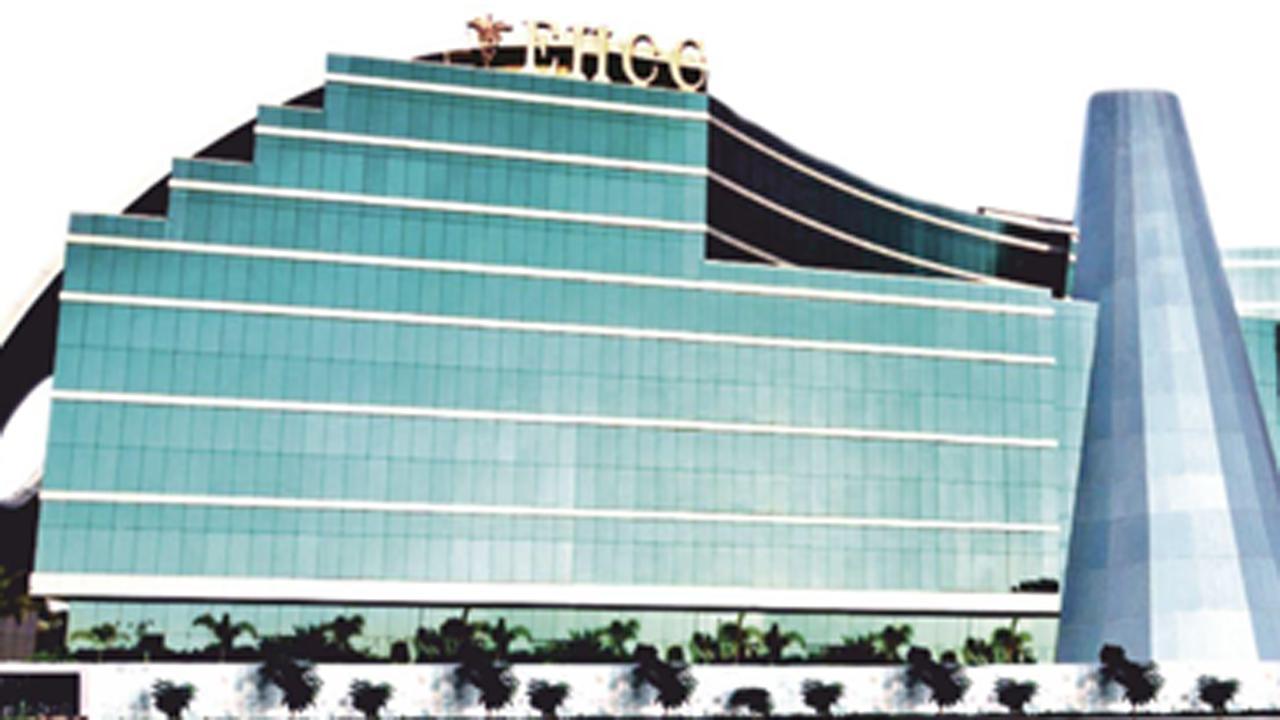Aortic Stenosis is a chronic obstruction in the aortic valve that hinders the normal flow of blood whereas in Aortic regurgitation there is a backward flow of blood due to the inability of the valves to open or close properly

EHCC
Eternal Hospital (EHCC) Jaipur becomes the first hospital in the state of Rajasthan to perform this path-breaking and revolutionary procedure under the guidance of globally recognized expert Dr. Samin K Sharma - Director Interventional Cardiology Mount Sinai Health System NY USA, Chairperson Eternal Hospital Jaipur, who has performed over 3000 procedures to date and he shared his thought by saying, “TAVI is FDA approved treatment which offers new hope for aortic stenosis patients as it is minimally invasive, reduces risk of mortality and provides improved survival and better quality of life for any or all types of risk of aortic stenosis”
ADVERTISEMENT
Aortic stenosis and aortic regurgitation is quite common heart problem in patients about 60 years of age. Aortic Stenosis is a chronic obstruction in the aortic valve that hinders the normal flow of blood whereas in Aortic regurgitation there is a backward flow of blood due to the inability of the valves to open or close properly. A hospital based echocardiography study suggested that 5 to 8 per cent of the patients presented aortic stenosis.
https://www.youtube.com/watch?v=qDY5toKk-ag
3 signs that you need to look out for:
Aortic stenosis is majorly recognized by its three primary symptoms. These are:
● Exertional chest pain - This is a result of elevated myocardial oxygen demand, which is caused by the enlargement of the pumping chamber of the heart, owing to the inability of the blood to flow freely.
● Dizziness and syncope - This is caused by the deficiency of oxygenated blood which is caused by the inability of your circulation system to meet the demands of the rest of the body.
● Breathlessness due to heart failure - This is likely to happen during the end stage of the stenosis when it has aggravated severely. It is an indication of poor prognosis which usually happens due to the lack of proper treatment.
The patient may not feel any major symptoms initially and these develop over time. The severity of the symptoms also varies from one patient to another depending upon the extent of damage. In some cases, the problem may have advanced to a very critical stage when the symptoms finally start becoming evident. If we speak in terms of the survival rates,
Mean survival after angina - 5 years
Means survival after the onset of syncope - 3 years
Means survival after the onset of heart failure - 2 years
Whether the patient is experiencing the symptoms or not, surgery is a must for treating severe aortic stenosis. Until a few years back, the primary treatment option for patients with aortic stenosis was surgical aortic valve replacement (SAVR), which was carried out by making a large incision on the patient’s chest. This allows the surgeons to access the diseased aortic valve, which was then removed and replaced with a new prosthetic valve. Although SAVR has been quite successful. Nearly 30% of patients with severe aortic stenosis are not eligible for the procedure going to various reasons like comorbid conditions, advanced age and previous surgery.
TAVR or transcatheter aortic valve replacement is a minimally invasive procedure that uses cardiac catheterization technique to replace the damaged valve. The procedure has proved to be a boon for many patients who earlier had no hope of survival, or, were not eligible to undergo SAVR. TAVR is considered to be a gold standard treatment for such patients with inoperable or high risk AS. Clinical trials have also suggested that TAVR is equivalent to SAVR in patients falling in the intermediate or low-risk category.
Here are 3 advantages of TAVR:
● Minimal invasion
● Faster recovery
● Reduced risk of mortality, stroke and need for dialysis
It is worth noting that, owing to the fact that the procedure is minimally invasive, there is no need of using general anaesthesia.
Our recent TAVR interventions include the case of Ms. Kanchan Bhatia, who successfully underwent TAVR procedure performed by Eternal expert Dr. Amit Kumar Chaurasia, Director-TAVI & Structural Heart Disease Program- Cardiology. Dr Chaurasia has performed more than 700 TAVR procedures until now, he is the first proctor from India and has been actively training cardiologists in India as well as abroad.
Highly experienced structural heart team under the guidance and mentorship of Dr Samin Sharma Chief Interventional Cardiologist and Dr Ajeet Bana – Chairman Cardiac Sciences, the hospital has performed the highest number of TAVR procedures in Rajasthan which has made Eternal Hospital as the preferred and first choice of patients for non-surgical TAVI procedures.
Connect to doctor https://www.eternalhospital.com/tavi-campaign/
 Subscribe today by clicking the link and stay updated with the latest news!" Click here!
Subscribe today by clicking the link and stay updated with the latest news!" Click here!







